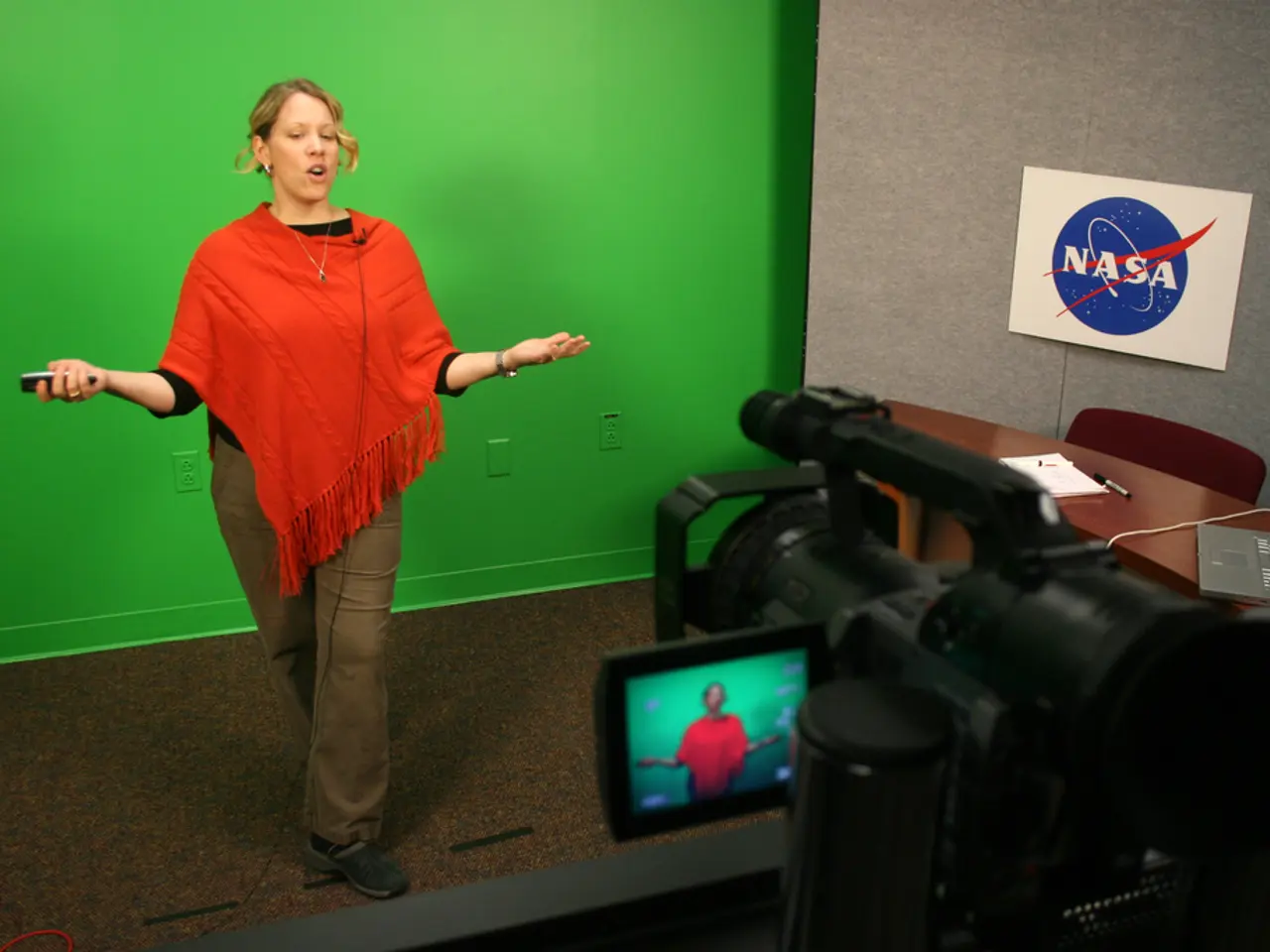The European space mission reveals a visual representation of the Webb Telescope, as it appears in space.
The European Space Agency's Gaia spacecraft, primarily designed for astrometry, has made an unexpected yet significant achievement. On 18 February 2022, Gaia successfully captured an image of the James Webb Space Telescope in space.
Gaia, not primarily designed to capture images, is known for its precision in mapping the positions, distances, and motions of stars in our galaxy. However, it also has a 'finder' instrument that was used to capture raw data of the Webb Telescope.
The Gaia spacecraft orbits at Lagrange point 2, approximately 1.5 million kilometres from Earth in the direction away from the Sun, similar to the location of the Webb Telescope. On the day of the image capture, Gaia was approximately 1 million kilometres away from the Webb Telescope.
The image, which was produced using the data captured by Gaia's 'finder' instrument, shows the Webb Telescope as a speck in space. Interestingly, the inset image also reveals four other specks, which are cosmic ray particles picked up by Gaia's CCD camera.
The opportunity to capture this image was not a random event. Two scientists working on the Gaia mission, Uli Bastian of Heidelberg University and Francois Mignard of Nice Observatory, calculated the opportunity and made it possible.
In addition to its primary mission, Gaia is also capturing detailed data on asteroids. In fact, Gaia has been instrumental in discovering asteroids with moons orbiting them.
The James Webb Space Telescope, on the other hand, is using highly sensitive infrared cameras to observe astronomical targets, producing detailed deep-field images and detecting exoplanets.
This unique event showcases the collaborative efforts of space missions, each with its unique capabilities, working together to expand our understanding of the universe.
The Gaia spacecraft, though primarily designed for mapping the positions, distances, and motions of stars, utilized its 'finder' instrument to capture raw data of the James Webb Space Telescope, proving that its technology can be adapted for space-and-astronomy imaging. In the future, this collaboration between two different missions in science and technology could lead to further groundbreaking discoveries.




